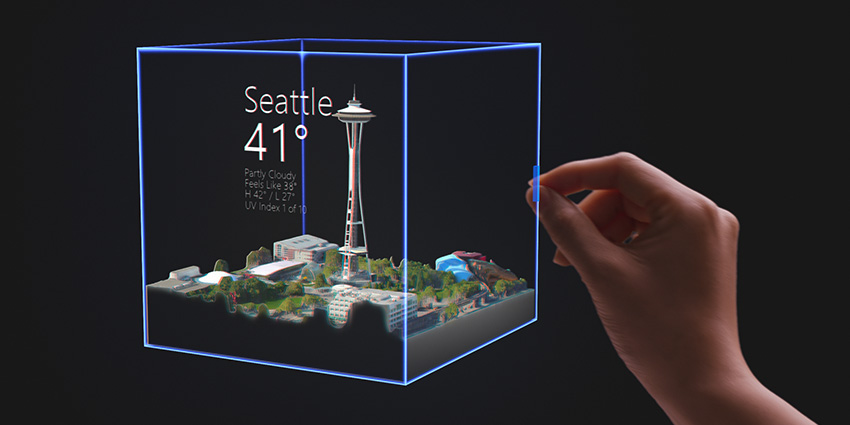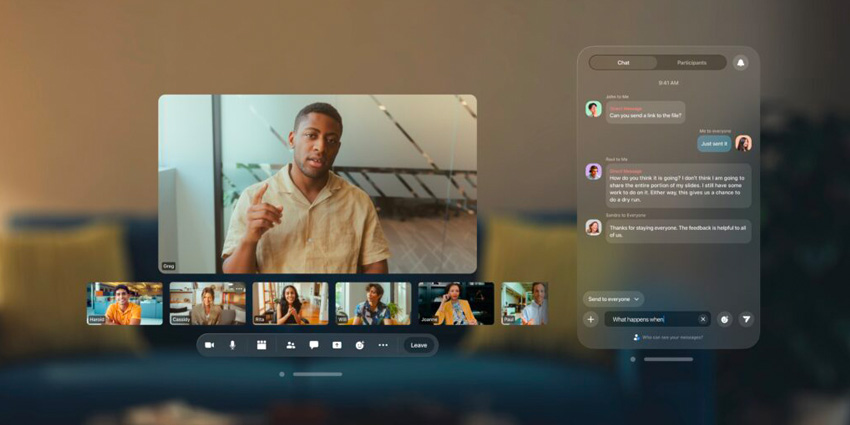Holograms could soon become the next wave of communications, connecting people with spatially-designed virtual objects to add depth, realism, and emotional impact to face-to-face communications.
Over the last few years, technology has advanced significantly by reconnecting how people communicate. Phone calls became video calls, namely amid the COVID-19 pandemic, and allowed millions of people to meet and do business despite national lockdowns.
Several new companies have begun exploring immersive avatar development and photorealistic holograms for future communications platforms, using bleeding-edge real-time 3D (RT3D) engines. Such technologies were conceptualised in science fiction, but are now becoming a (virtual) reality.
Mixed Reality and Holograms are Already Emerging
In the immersive world, some of the leading drivers of content are holographic images and digital twins. These spaces are capable of recreating whole facilities, cities, and environments for real-time monitoring, measuring, and collaboration.
Most companies exploring holographic content use them with augmented and mixed reality (AR/MR). Firms such as Magic Leap, Microsoft, Meta Platforms, Varjo, Matterport, and Siemens have debuted solutions for remote collaboration and built virtual control centres for smart factories.
Enterprises have become more intrigued with collaborative virtual experiences as they provide greater interactivity with colleagues and tackle the dreaded “zoom fatigue” many faced during the pandemic.
Current Use Cases for Holographic Content
For holograms to gain traction, they require a lot of complementary emerging technologies. Tools such as artificial intelligence (AI), low-latency 5G, cloud and edge computing, and advanced gaming engines all contribute to a solid, convincing immersive experience.
Sensors are also essential for allowing people to interact with creative content. They track body and facial movements for realistic avatars and eye and gaze to measure attention on specific digital content.
For example, Cisco Systems developed their Webex Hologram hybrid work solution to deliver AR holograms for business meetings, allowing attendees to access realistic, interactive virtual models.
Campfire is also building holographic technologies for computer-aided design (CAD) programmes. This will provide photorealistic RT3D models for engineers directly to their smart glasses to collaboratively evaluate the latest products, designs, and schematics.
Some companies are exploring future hardware designs for hosting holographic content. Stanford and NVIDIA have launched research and development (R&D) efforts to design holographic glasses to replace VR headsets. While still a concept, smart glasses may become the future of immersive experiences.
Furthermore, companies like Newtonlab Space have also used RT3D holographic content featuring Marvel superheroes to promote advertisements for companies. This has significantly increased interactions and engagement with potential customers, sparking further interest in the technology.
The Future of Communications
The COVID-19 pandemic of 2020 pushed the industry to innovate ways to advance face-to-face interactions more than ever. With the help of emerging technologies and a vision for the future, enterprises slowly trialled and rolled out new solutions to expand adoption of new XR devices.
Within the next decade or so, holographic content will prove invaluable to many enterprises and even consumers, namely as they experiment with digital twins, CAD designs, and even beauty and entertainment. These immersive mediums will become the artform of the next generation.







